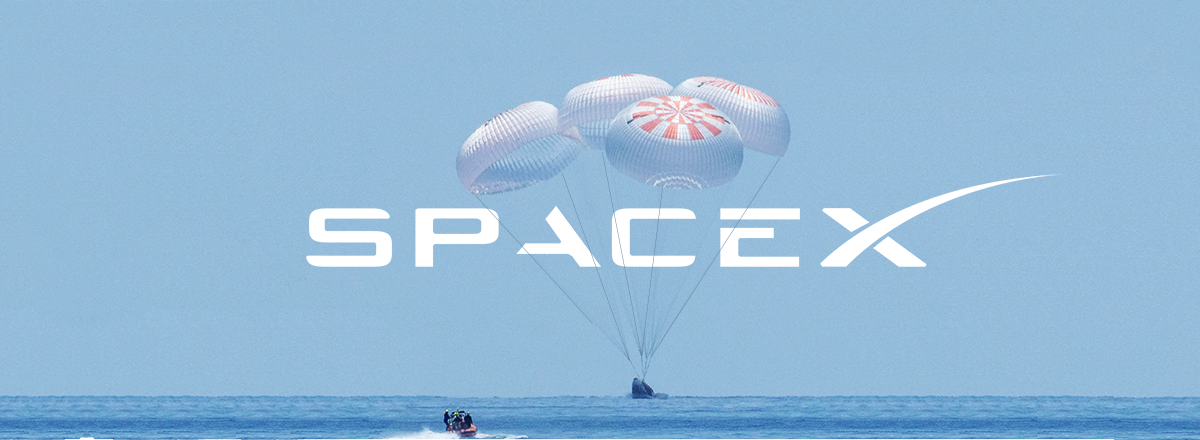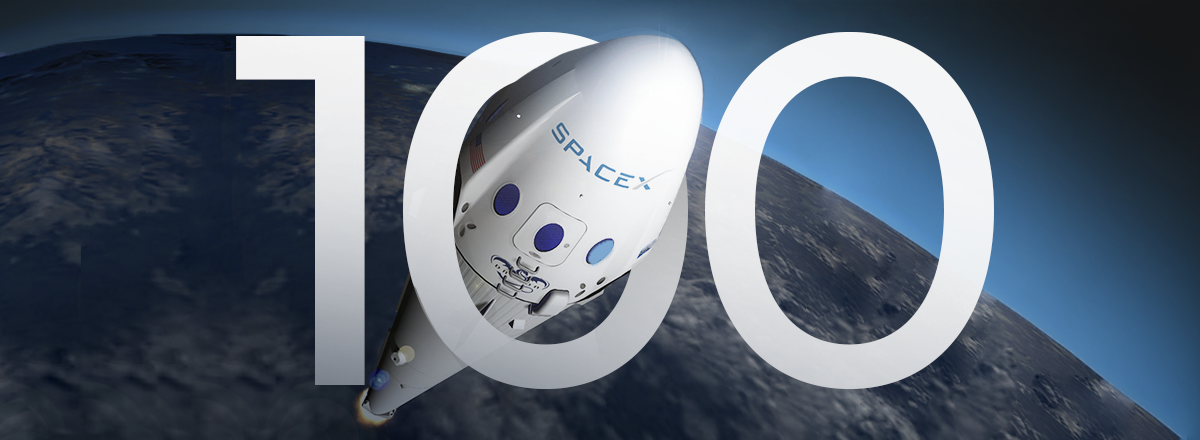SpaceX continues to break records for rocket reusability. Yesterday, Falcon 9 was launched again with the first stage, which had previously flown and landed into space five times. Another 58 Starlink internet satellites went into orbit as part of the Starlink 10 v1.0 mission with three additional satellites SkySat-19, -20, and -21 for Planet Labs under the SmallSat Rideshare Program.
The launch, as always, was streamed live on SpaceX's YouTube channel.
This launch marked the achievement of several important milestones in SpaceX's history.
First, the company has used the first stage of the Falcon 9 for the sixth time. With its help, the Telstar 18V telecommunications satellite, Iridium NEXT-8 satellites, and three batches of Starlink Internet satellites were previously sent into orbit.
Targeting Tuesday, August 18 at 10:31 a.m. EDT for Falcon 9’s launch from Space Launch Complex 40 in Florida of 58 Starlink satellites and 3 @planetlabs spacecraft
— SpaceX (@SpaceX) August 17, 2020
Since the historic launch on March 31, 2017, when SpaceX first launched the Falcon 9 with the restored first stage, Elon Musk's company has successfully returned the first stages 58 times. Twenty-four of the restored Falcon 9 stages were reused twice, including a pair of Falcon Heavy side boosters, six flew into space three times with subsequent triumphant return, five flew four times, two flew five times, and one flew six times.

Recall that the current version of the Falcon 9 Block 5 rocket can be reused up to 10 times with intermediate technical inspections and up to 100 times with partial replacement of first stage parts.
Secondly, this mission became SpaceX's 100th Anniversary Mission and 92nd Falcon 9 rocket launch.
Some big milestones coming up https://t.co/K3v3yddg6J
— Elon Musk (@elonmusk) August 17, 2020
The Falcon 9 (B5 B1051.5) rocket was launched from the Cape Canaveral Air Force Station on August 18 at 10:31 a.m. EDT.
Liftoff! pic.twitter.com/q6t6QXO5Cl
— SpaceX (@SpaceX) August 18, 2020
Approximately two and a half minutes later, the first stage separated, and in the ninth minute after launch, it landed on the Of Course I Still Love You droneship in the Atlantic Ocean.
Falcon 9’s first stage has landed on the Of Course I Still Love You droneship – first time a booster has completed six flights! pic.twitter.com/A8bbTinGOA
— SpaceX (@SpaceX) August 18, 2020
The second stage continued its work and in two stages put the satellites into the orbit. First, SkySat-19, -20 and -21 satellites set off one after another, and then 58 Starlink Internet satellites.
All three @planetlabs SkySats have deployed pic.twitter.com/9gDujACXTH
— SpaceX (@SpaceX) August 18, 2020
Deployment of 58 Starlink satellites confirmed pic.twitter.com/c8u2WqaD1J
— SpaceX (@SpaceX) August 18, 2020
In addition, SpaceX once again managed to catch one of the fairing halves in the net.
Aloha, welcome back from space 💫 pic.twitter.com/xWPN09Wtaw
— Elon Musk (@elonmusk) August 18, 2020
Ms Tree catches fairing in her net pic.twitter.com/sqlJ63NetB
— Elon Musk (@elonmusk) August 18, 2020














